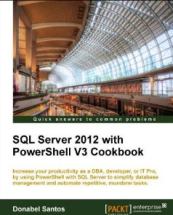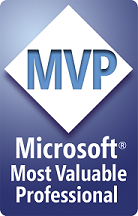One way to save your XML query results to the file system is by using bcp (bulk copy program).
Be aware of the following before deciding to use bcp for your regular export requirements:
- bcp is a program external to SSMS. If you need to use this from within your scripts, you will need to enable xp_cmdshell. xp_cmdshell is an extended stored procedure that allows external command line processes to be executed from within SQL Server. Enabling xp_cmdshell is considered to be a big no no in terms of security because this opens up avenues for malicious attacks through SQL Server.
- Depending on how much data you need to export, you may need to batch your export to overcome rowsize limitations of bcp.
If you intend to use bcp from within SSMS, you will need to enable xp_cmdshell first, otherwise you will get the following error:
The following example walks you through enabling xp_cmdshell, and using bcp from within SSMS to save your XML query to an external file.





